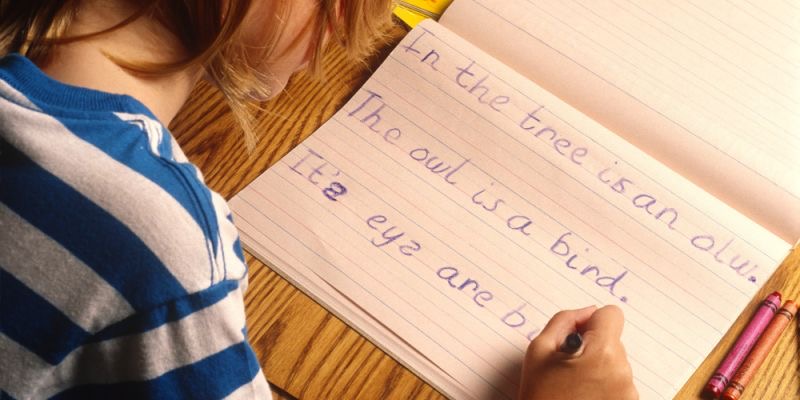The term “dyslexia” has been interpreted in so many different ways over the last century, leading to a lot of confusion and misinformation about what it actually means and how it affects children learning to read. As both parents and educators, if we really want to support kids with this diagnosis, we need to have a clear understanding of what dyslexia truly is. Let’s break down five of the most common myths and separate fact from fiction.
MYTH #1: Dyslexia is a specific type of reading disorder that can be diagnosed using standardised tests.
FACT: Since its first use, “dyslexia” has been defined in various ways, which can be confusing. The word itself comes from the Greek prefix dys meaning disorder, and lexis meaning word or language—so technically, it means “disorder of language.” While today most people associate dyslexia with reading difficulties, the term originally applied to individuals with known brain injuries. Nowadays, we often use the term “Developmental Dyslexia” to describe children who have trouble learning to read, distinguishing them from adults who develop reading issues after events like strokes or brain injuries.
MYTH #2: Dyslexia is a visual disorder causing those with the disorder to see words and letters backwards.
FACT: Kids need to understand that letters, unlike shapes or pictures, have a specific orientation in space. For example, d and b are different letters, whereas a crescent shape remains the same whether it’s facing left or right. It’s pretty common for young children to reverse letters when reading or writing, but this alone isn’t a sign of dyslexia. In fact, many children with dyslexia don’t reverse letters at all.

MYTH #3: Dyslexia is more common in boys than girls.
FACT: A few decades ago, it seemed that dyslexia was mostly diagnosed in boys. However, more recent studies, including one published in the Journal of the American Medical Association, suggest that dyslexia likely affects boys and girls in similar numbers. The reason boys may have been diagnosed more frequently could be because they tend to show more outward signs of struggling in school, like difficulty sitting still or focusing, especially in the early grades. Still, newer research brings up a valid point—dyslexia might actually be two to three times more common in boys than girls. There are even suggestions that the way dyslexia presents in the brain may be different between boys and girls.
MYTH #4: There is no way to determine if a child is at-risk for developmental dyslexia until they enter school and begin to show problems with reading.
FACT: There’s a growing body of research showing that early signs of developmental dyslexia can sometimes be spotted during a child’s preschool years. In Overcoming Dyslexia, some of the red flags include:
- Difficulty picking up common nursery rhymes
- Trouble learning or recalling letter names
- Struggling to recognize the letters in their own name
- Ongoing speech delays or “baby talk”
- Difficulty recognizing rhyming words
Additionally, new evidence suggests that early challenges with speech perception may be a significant risk factor for dyslexia in school-aged children. Recognizing these signs early could make a big difference.
MYTH #5: Dyslexia is a life-long problem and those with the diagnosis will never be able to read very well.
FACT: While individuals with dyslexia often face early challenges in learning to read, there are effective interventions that can help them succeed.
Research by Dr. John Gabrielli and colleagues has shown that neuroscience-based programs like Fast ForWord® can lead to significant improvements. These interventions not only help children with dyslexia develop stronger reading skills, but they also promote neurophysiologic repair, increasing activation in the brain’s frontal and temporal-parietal regions in the left hemisphere. These improvements can be long-lasting, providing essential support for children to excel in school and beyond.
Fast ForWord has been shown to help students with dyslexia. Learn more or get more information by contacting [email protected].





